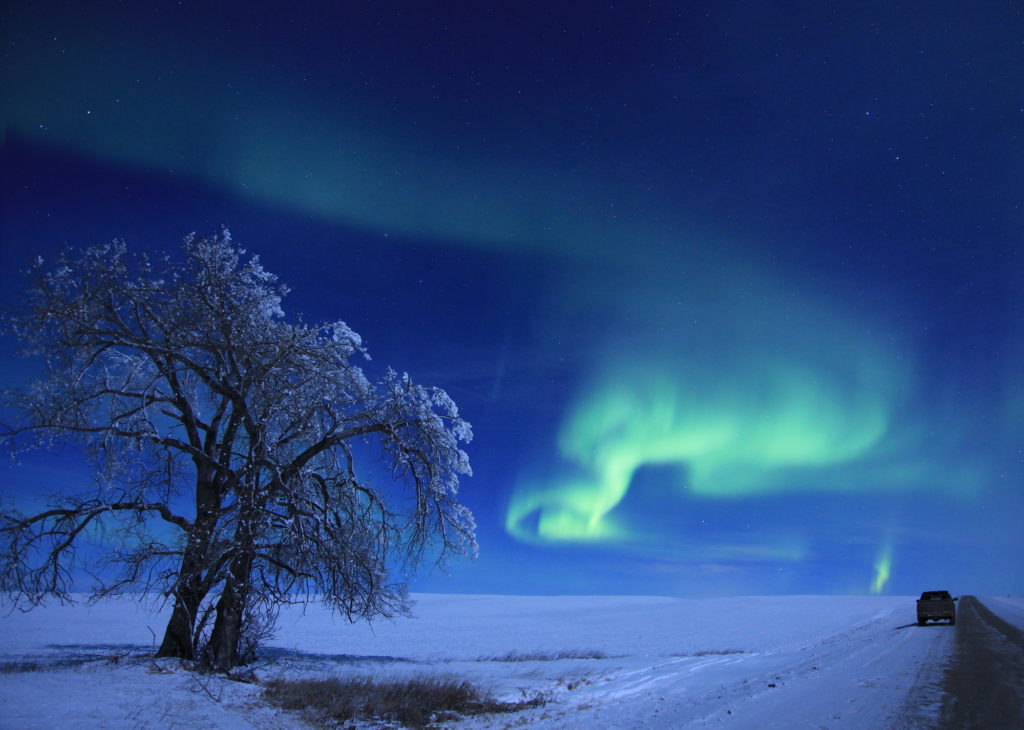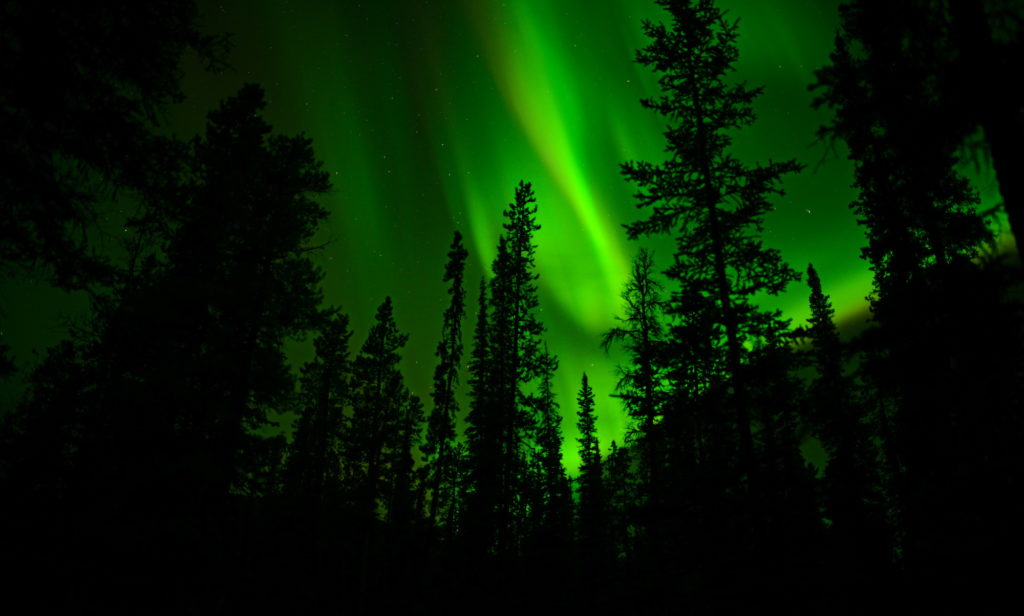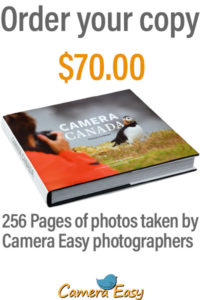Northern Lights
Photographing Aurora
Settings and techniques for shooting the northern lights
Photographing the aurora
Techniques and settings
Concept
Let’s start at the beginning. If you are seeing the northern lights, then it is dark outside. The basic concept for shooting at night and aurora in particular is that we need to get as much light into the camera as possible. The more light coming into the camera, the faster the shutter speed will be and therefore, the more impressive the aurora photos.
High ISO values, Max aperture, and then adjust the shutter speed to get the correct exposure. That’s the concept, and the following are the details.
Settings
Exposure Mode: Manual (on the top dial). Shooting in Aperture Mode/AV Mode will not work.
Focus Mode: Manual.
If you are using a mirrorless camera, set the digital focus distance to infinity.
If you are using a DSLR camera and the lens has a focus distance window, set the focus distance to infinite (See focus lesson for details).
If your DSLR camera does not have a focus window, you will need to use the live view mode and focus manually on a light in the distance. NOTE: without a focus window, this is a very difficult task. Do not be discouraged by a high failure rate. Keep adjusting the focus until you are happy with the sharpness of the result.
White Balance: Generally white balance should be set to daylight. However, if there is artificial light in your photos such as a building or town, you should switch to a tungsten/incandescent white balance. Further, I often play with different white balance settings and sometimes find very interesting results.
ISO: 1600 – 6400. The newer the camera, the higher the ISO can be set. If your camera is circa 2005-2013, I would recommend only going as high as 1600 ISO.
Aperture: Maximum. Set the aperture to the smallest number that your lens will allow. You may consider purchasing a wide/max aperture lens specifically for shooting the night sky. At a bare minimum, you should shoot at f3.5. f2.8 is better and if you have a lens that goes to f1.8 or f1.4 that’s even better. Always max aperture when shooting aurora.
Shutter Speed: Shutter speeds will vary based on the ISO and max aperture of your lens, however, in general, expect a shutter speed of 10-30 seconds. If you are using a really wide aperture lens like an f1.4, you may be able to get aurora shots as fast as 4 or 5 seconds. NOTE: Remember, if the photos seem too dark, you should adjust to a longer/slower shutter speed. If a 10-second shot is dark, then try 20 or 30 seconds. If a 20-second shot is too bright, then try a 10-second exposure.
Techniques
Tripod: Always use a tripod when shooting with long shutter speeds. Because you are shooting at night and it’s dark, ensure the tripod is stable and reasonably level.
Remote Shutter: If you have a cabled or wireless remote trigger, you should use it for these types of shots. If you do not have a remote, you can set the drive mode to the timer function. When you press the release, the camera will have a 2 or 10-second delay before shooting.
Remove the camera strap: The camera strap hanging off the camera, and blowing in a light breeze, is enough to shake the camera and ruin your shot. If possible remove the strap before putting the camera on a tripod.
Dress warmly: Sounds simple, but if you are cold and uncomfortable, you will give up quickly and miss the important shot. Auroras, come and go throughout the night and you do not want to miss them.
Foregrounds: Photos of stars and aurora, even if they are correctly exposed and sharp, tend to be pretty boring unless there is an interesting foreground. Find something to model in the foreground. A car, a tree, a church, a barn, a lake…whatever, but give that foreground item as much attention in your shot as you give the aurora.
Samples
[Best_Wordpress_Gallery id=”51″ gal_title=”Aurora samples Bonus Content lesson”]
Resources



